Ultimate Surf Wetsuit's Guide. Men's & Women's Size and Thickness
Do You Really Need a Thermal WetSuit? A Triathlete's Diary
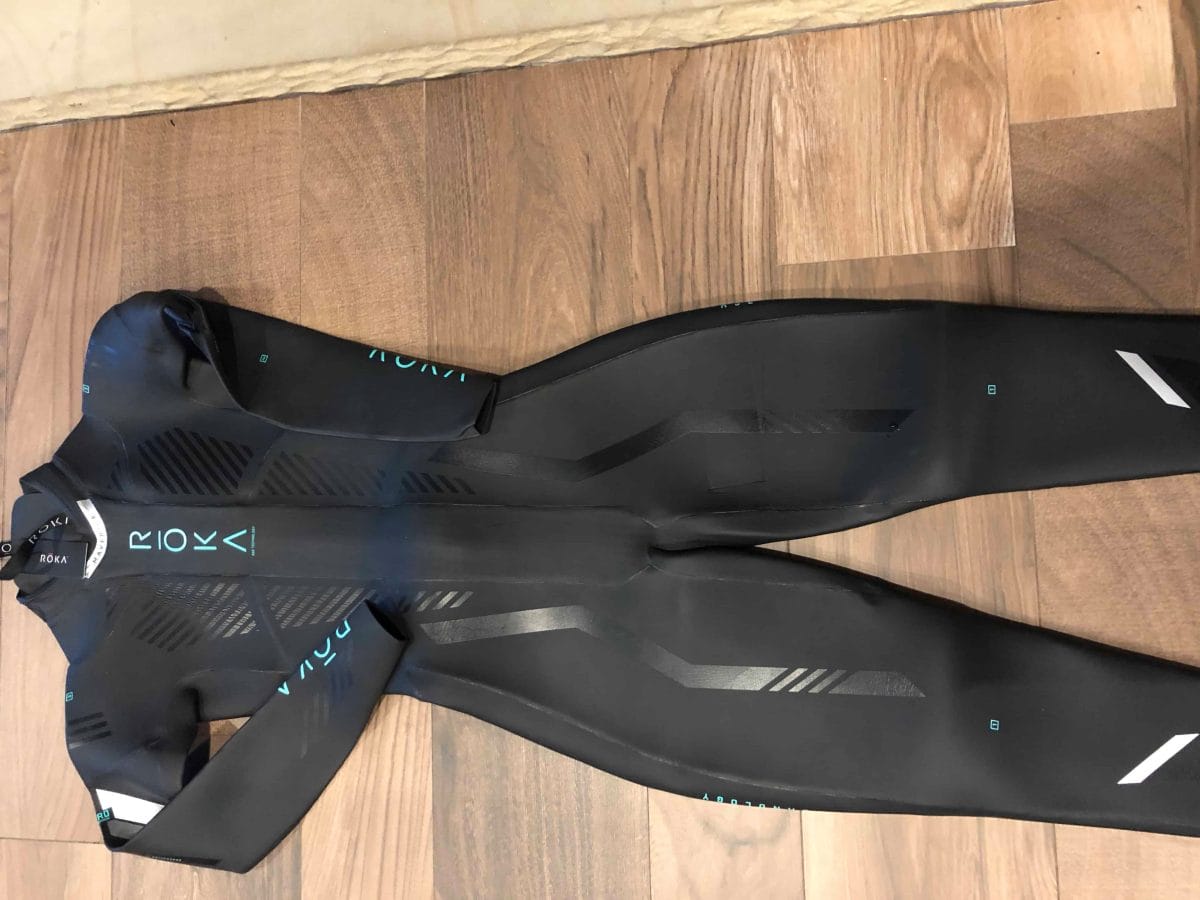
We've provided recommendations for scuba diving and freediving. Choose the right wetsuit for scuba diving based on water temperature: Over 82.4°F: Bathing suit, rashguard, or UV protective dive skin. 77°F - 80.6°F: 2mm shorty wetsuit or 1mm full suit. 71.6°F - 75.2°F: 3mm full suit. 62.6°F - 69.8°F: 5mm full suit.
At What Water Temperature Do I Need a Wetsuit? U.S. Masters Swimming
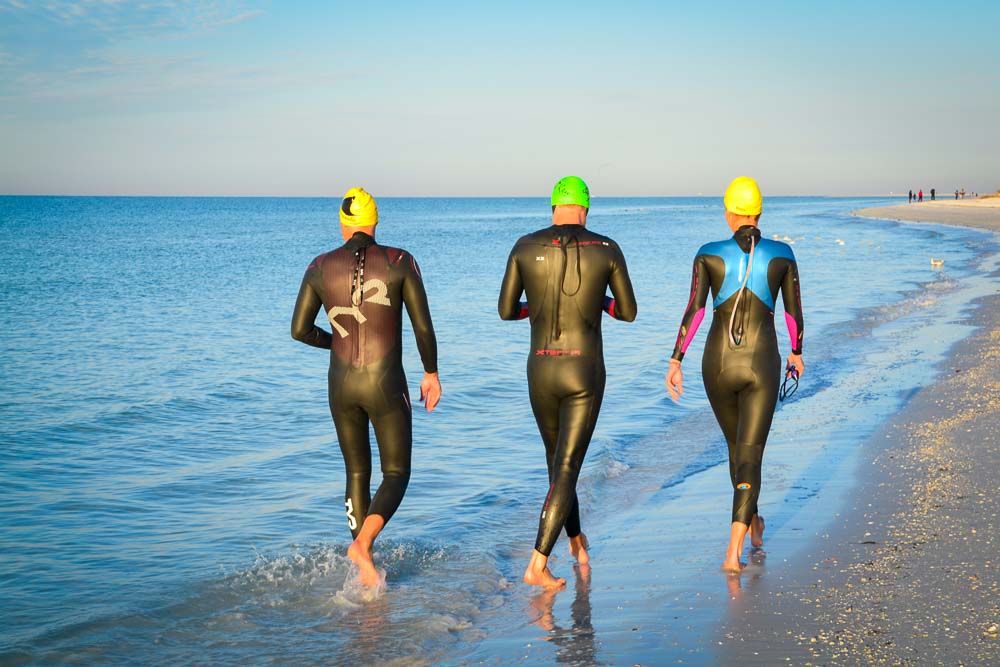
2mm full suit or 3/2mm full suit. 50°F - 57.2°F. 4/3mm full suit, 3mm booties, 2-3mm gloves, wetsuit hood if desired. 46.4°F - 53.6°F. 5/4mm full suit with hood, 5mm booties, 5mm gloves. Under 46.4°F. 6/5mm or 6/4mm full suit with hood, 7mm booties, 7mm gloves.
How a Wetsuit Should Fit Does Your Wetsuit Fit You Correctly? YouTube

A good 4mm wetsuit does the job in SW France and northern Spain, although many surfers prefer a 5/4 or 5/4/3; in Portugal you'll never need more than a 4/3. In England and Wales the water heats up to roughly 17 or 18 degrees in summer; in Scotland to around 14 °C, and in Ireland to somewhere in between, getting colder the further north you go.
What To Wear Under a Wetsuit For Warmth Hunting Waterfalls
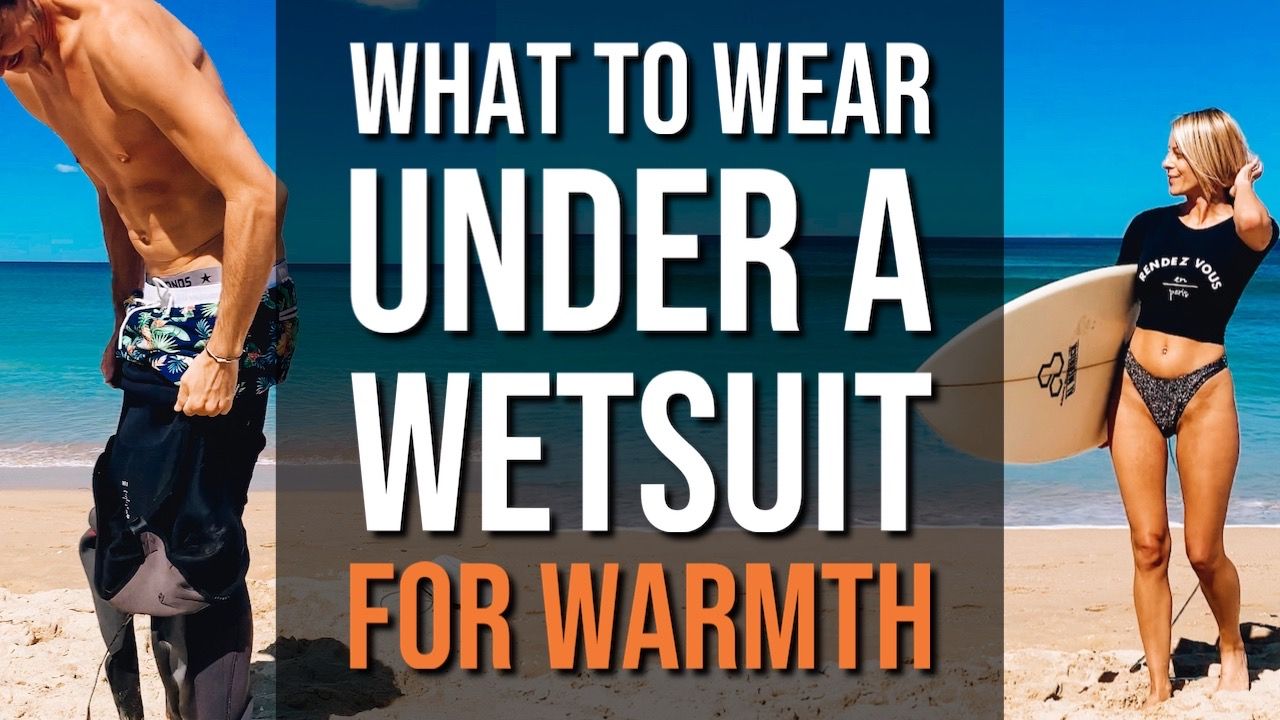
WATER TEMPERATURE: WETSUIT THICKNESS: WHAT TO WEAR > 77 F > 25 C: You don't need a wetsuit, unless you usually wear a wetsuit to jacuzzi, sauna, to the beach…: 72F-77F 22C-25C: Shorty when it gets colder outside, like in the morning, evening and if it is windy. If the weather is warm, you still don't need a wetsuit. You can also get away with a good wetsuit top/vest.
HELP! What wetsuit should I wear? Lynnhaven Dive Center & LDC Swim School
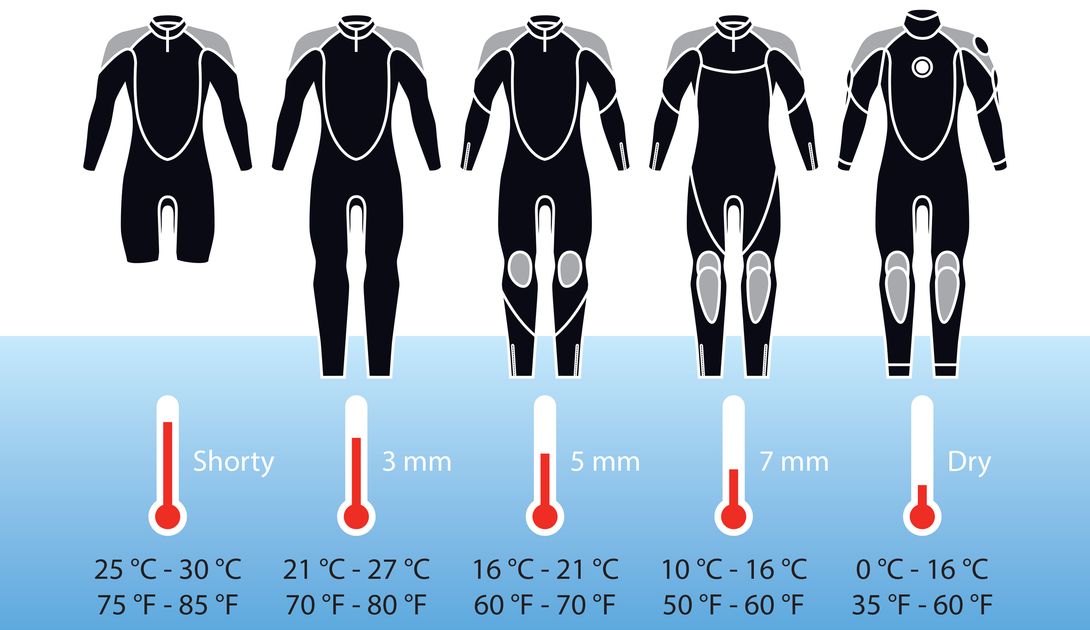
6 - 11°C (43 - 52°F) As we head into single digits, these are temperatures you'll experience in the transition from autumn into winter. Most swimmers will need a wetsuit to be able to swim for even a short period of time, as well as gloves or a neoprene hat to help warm their extremities. 1 - 5°C (34 - 41°F)
Wetsuit Thickness Guide Is Thick Neoprene Keeping You Warm?
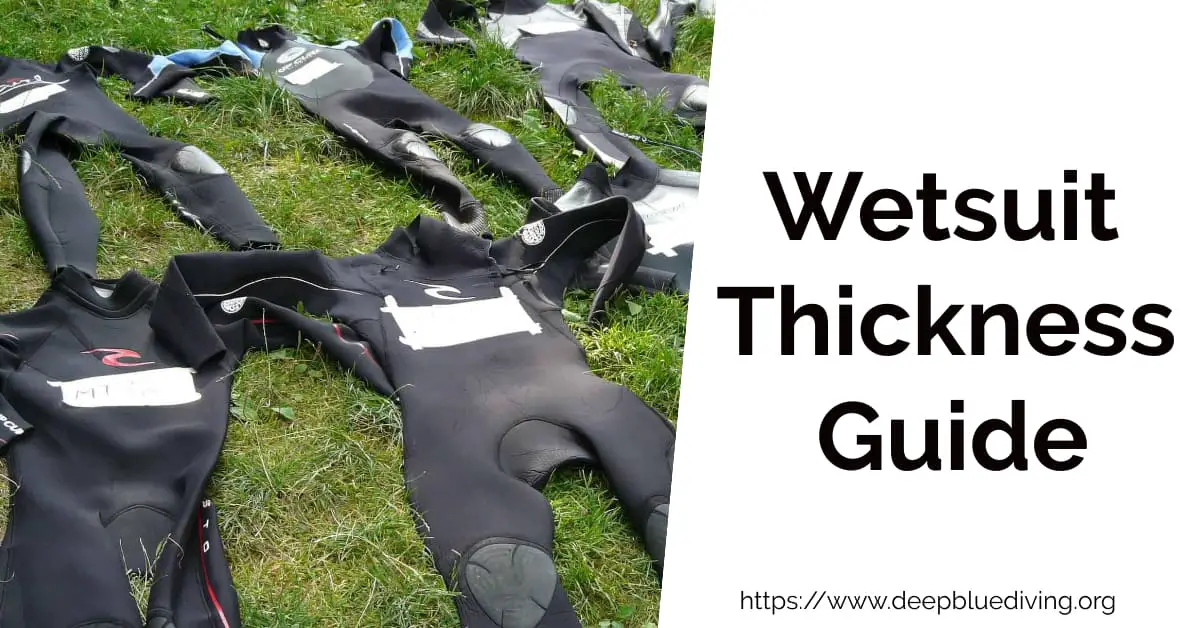
Any temperature below 77 F or 25 C you should wear a wetsuit, in some circumstances. The right wetsuit for the temperature is: 72F-77F (22C-25C) - Shorty during the morning, evening, and windy conditions. 68F-72F (20C-22C) - A shorty for surfing or a spring suit (3/2 full suit) when it's colder or windy. 64F-68F (18C-20C) - A.
Wetsuit Temperature Guide Guide for Wetsuit Temperatures Scuba
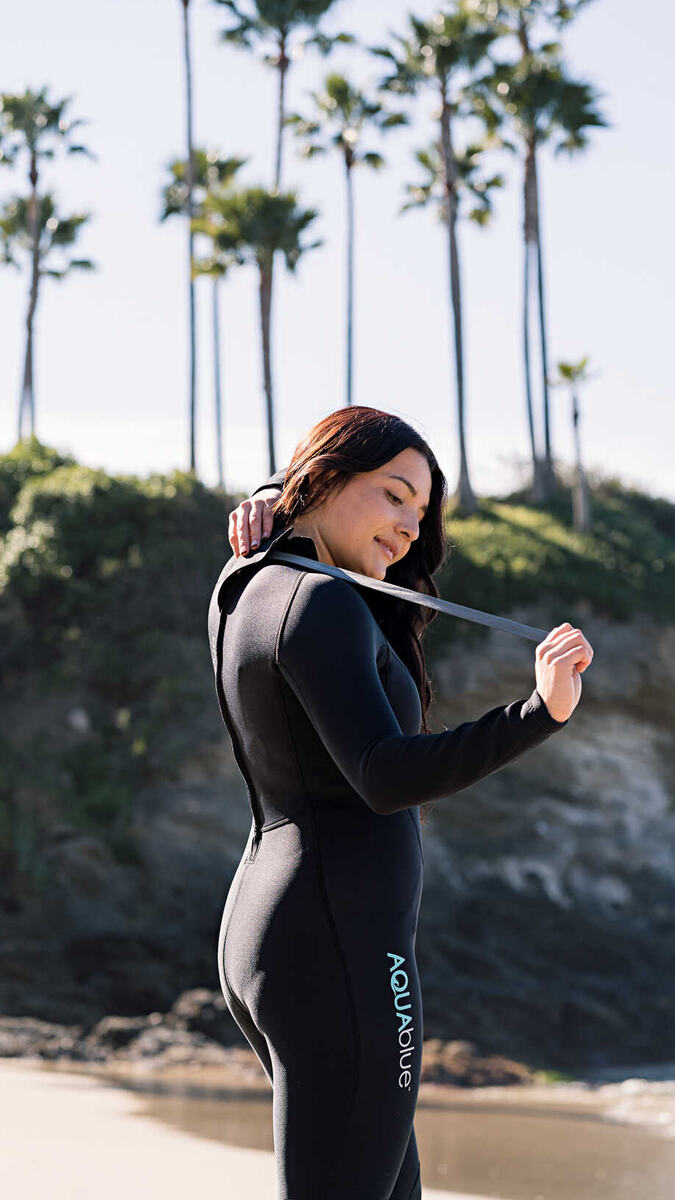
With water temperatures ranging from 50°F to 65°F (10°C to 18°C), a 4/3 wetsuit is recommended to stay warm and avoid hypothermia. Winter: In colder areas like England and Greenland, winter water temperatures can drop as low as 32°F to 45°F (0°C to 7°C). For open water swimming in these conditions, a 5/4 or even 6/5 wetsuit is essential.
Ultimate Surf Wetsuit's Guide. Men's & Women's Size and Thickness

3mm Full Wetsuit. Warm to many yet cold to some, this temperature range will be found at many popular scuba destinations. Warm while swimming on the surface, this temperature range can become quite chilly when submerged for an extended period. Consider supplementing with a beanie or light hooded vest if you are one to "feel the cold" more.
At What Water Temp Do You Need a Wetsuit? Wetsuit, Fashion, Roxy

Note: The thicker the neoprene, the warmer and less flexible the wetsuit is. The wetsuit thickness is always given in millimetres (mm). The specification is made with two numbers. 3/2 mm means, for example, that the neoprene has a thickness of 3 mm on the torso and 2 mm on the legs and arms. Most wetsuits have a difference of 1-2 mm, because.
What Is Wetsuits And What To Wear Underneath Ocean Buddy
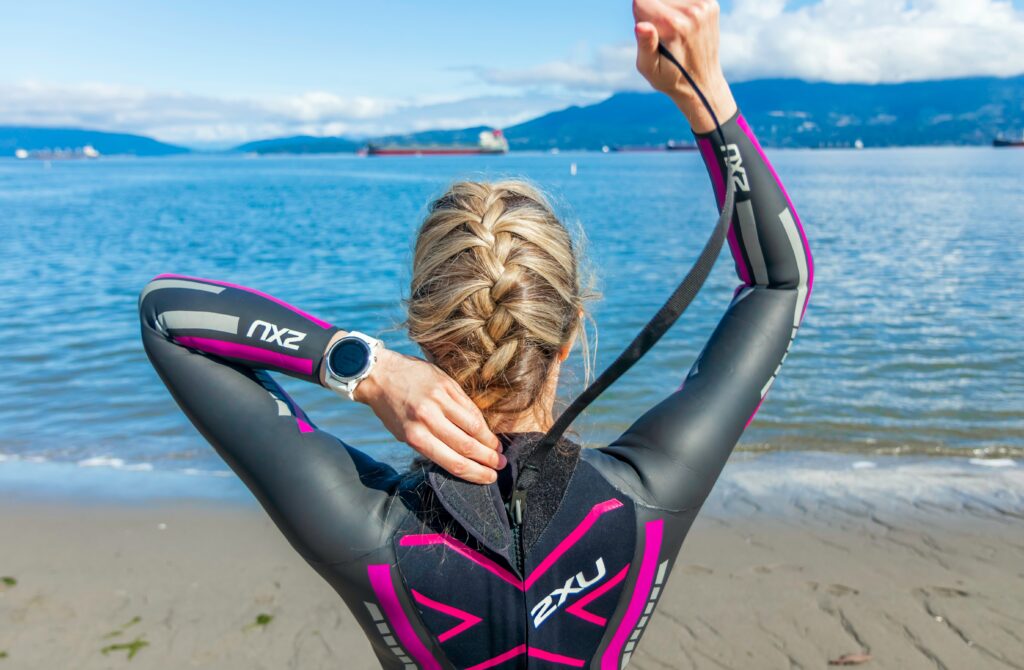
Here's a quick chart that will help you find the right wetsuit thickness (density in millimeters) for your average local water temperatures (in Celsius and Fahrenheit): Water Temperature (°F/°C) Wetsuit Thickness (mm) Type of Wetsuit. < 42 °F / 5.5 °C. 6/5 mm - 6/5/4 mm. Hooded Full Wetsuit.
What you NEED to know about your first wetsuit Triathlon Magazine Canada

5/4 or 6mm (wetsuit thickness designed for winter temperatures). The first number represents the thickness (in mm) of wetsuit material around the torso, so 3mm on a 3/2 wetsuit. The second number represents the thickness of the wetsuit on the arms and legs. So, that would be 2mm on a 3/2 wetsuit. A 4/3 wetsuit would be more suited to colder.
Need Essentials Thermal Steamer Review Empire Ave
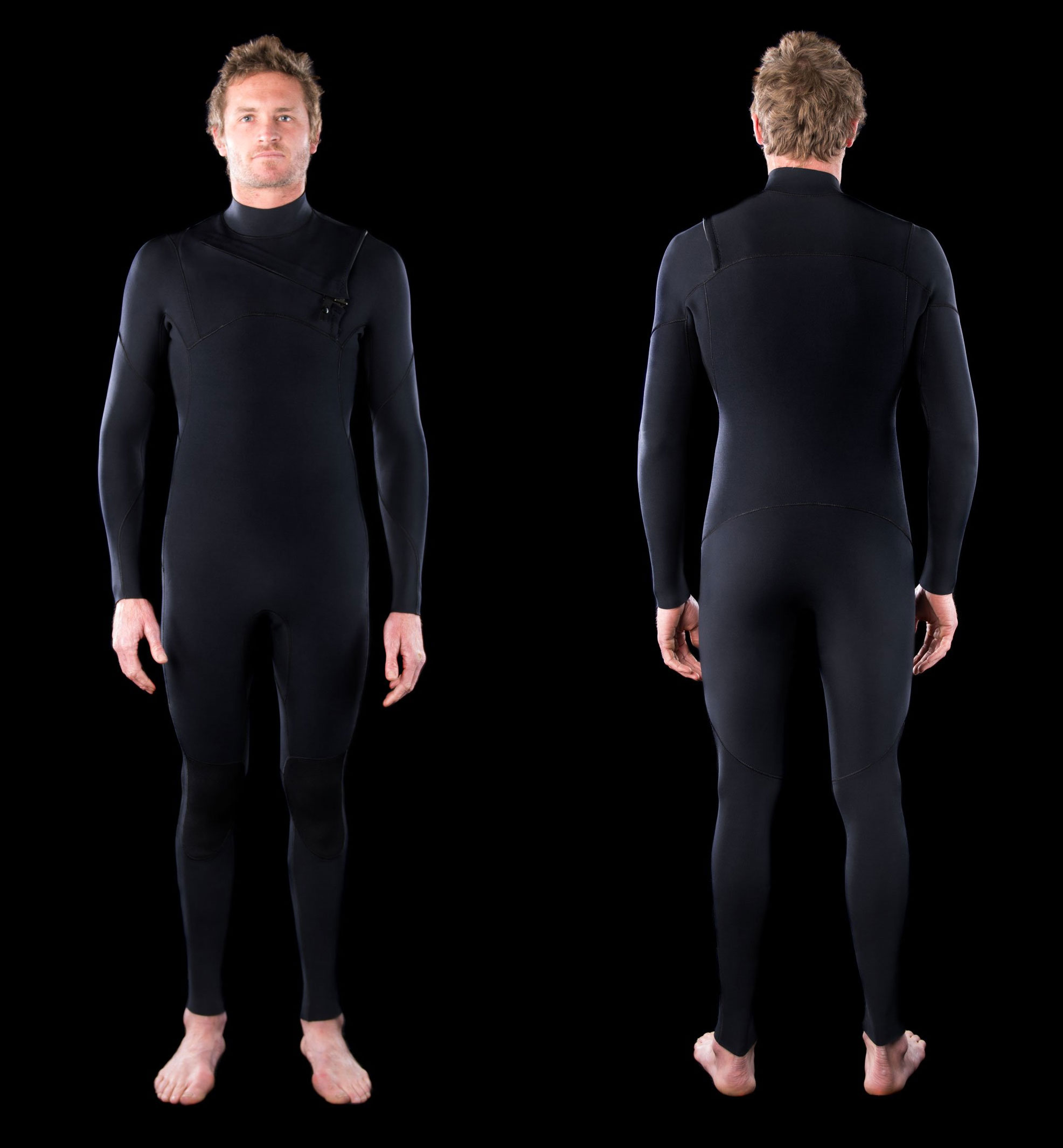
When the water temperature measures between 50 and 65 degrees, wetsuits are strongly encouraged, and some races may require their use. Between 65 and 78 degrees, it's typically the athlete's choice of whether to wear a wetsuit. When the water creeps above 78 degrees, participants can choose to wear a wetsuit, but wetsuited swimmers.
How to Put on a Wetsuit 10 Step Guide YouTube

At what temp do you need a wetsuit? Professional triathletes and age group triathletes can wear a wetsuit if the water temperature is up to (and including) 76.1 degrees Fahrenheit (24.5 degrees Celsius) or colder, and you must wear a wetsuit in a triathlon swim if the water temp is below 60.8 degrees Fahrenheit (16 degrees Celsius).
How to Find the Best Wetsuit for You
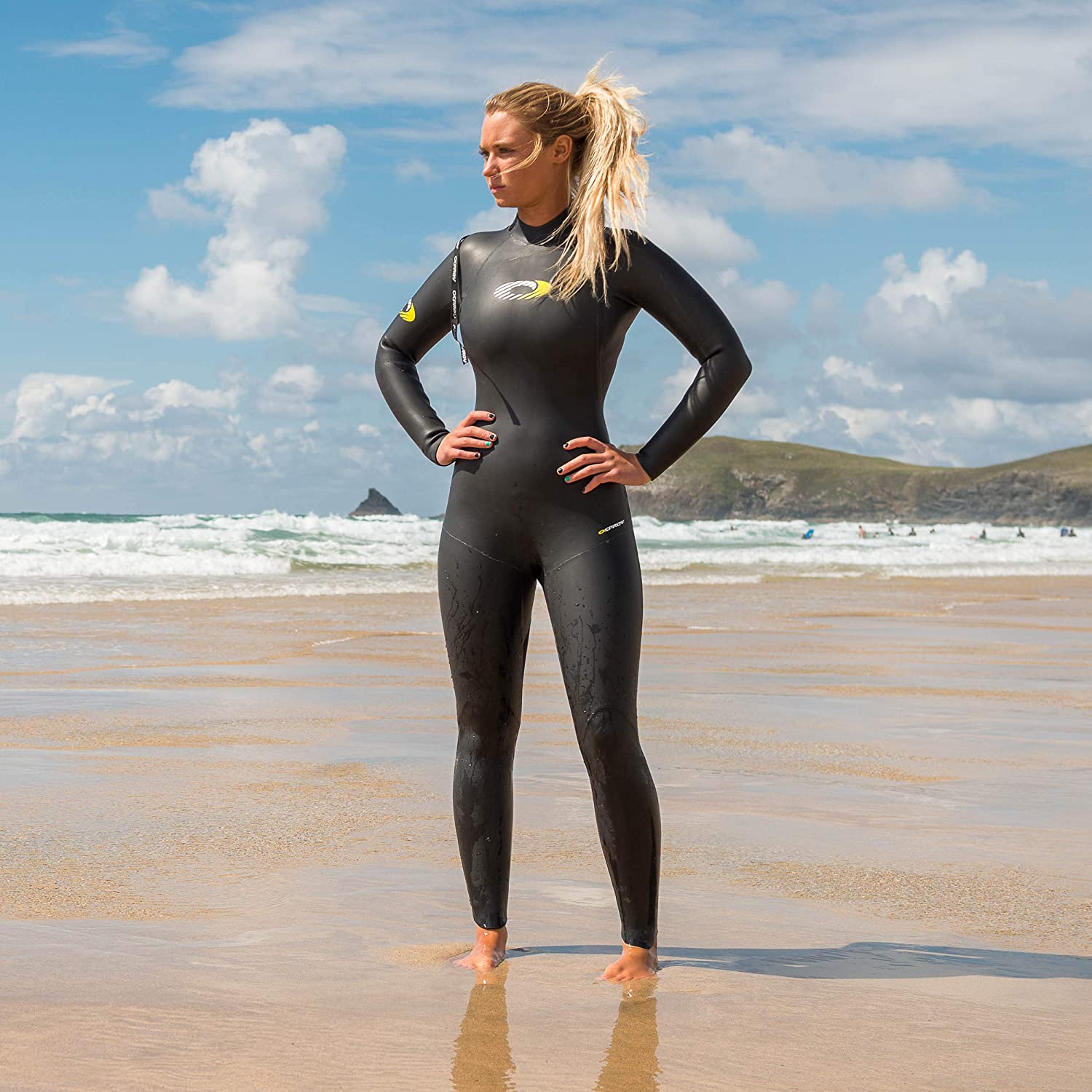
This wetsuit water temperature guide will help you decipher the wetsuit thickness code and find the right water apparel according to your local water temperatures.. Do you need to wear anything under a wetsuit? A: You can wear your wetsuit without anything (other than your underwear), and that is perfectly fine. But, it is still a matter of.
What Do You Wear Under A Wetsuit? Tips &

The wetsuit temperature chart should be used as a guide only. Fit is as important as thickness, so get the right wetsuit! 40°F / 5°C. 6/5/4 Sealed. Rashguard, booties, wetsuit hood, wetsuit gloves. 48°F / 9°C. 5/4/3 Sealed. Rashguard, booties, wetsuit hood, wetsuit gloves. 52°F / 11.5°C.
Do You Really Need a Thermal WetSuit? A Triathlete's Diary

Please call our customer care team at 1.866.386.1590 during Customer Care Hours. They can help you find the right setup to fit your needs. Our expert wetsuit thickness guide and temperature chart answers common questions around wetsuit types, temperatures and styles.
.